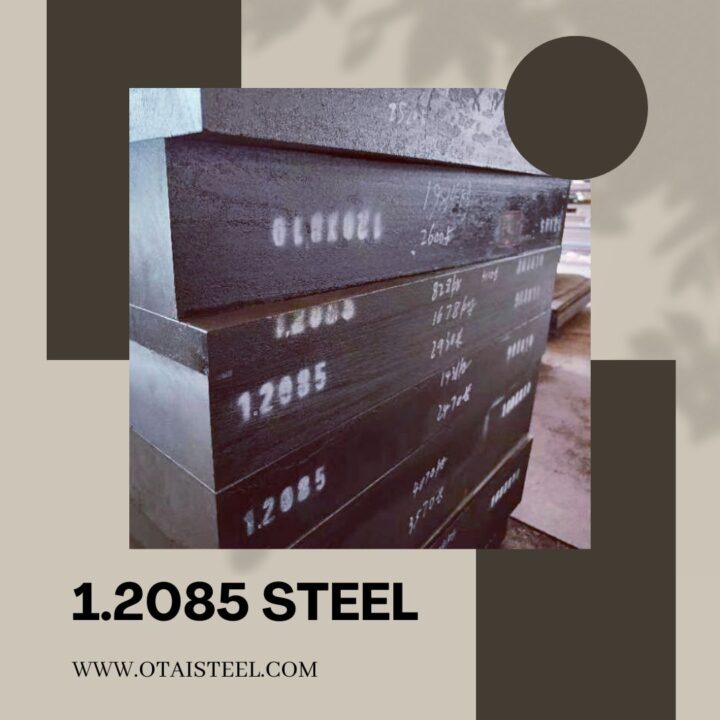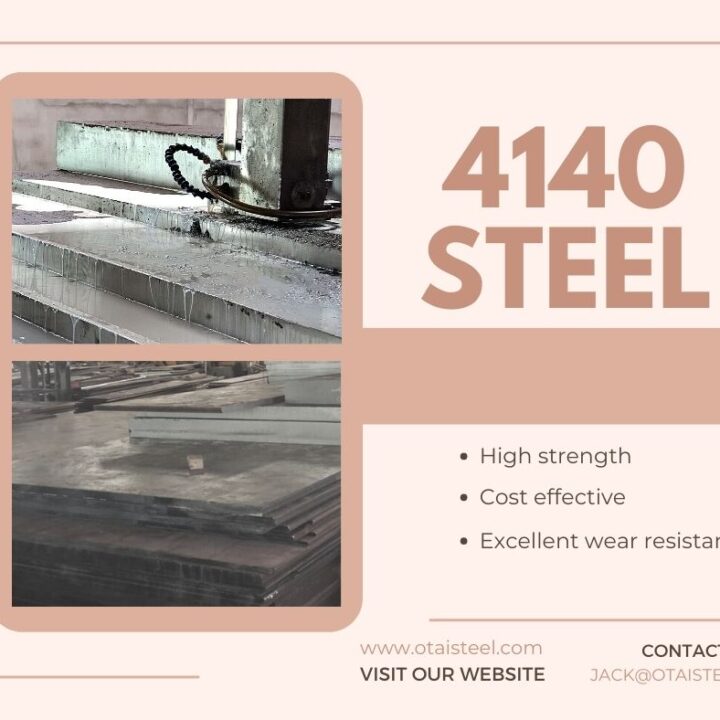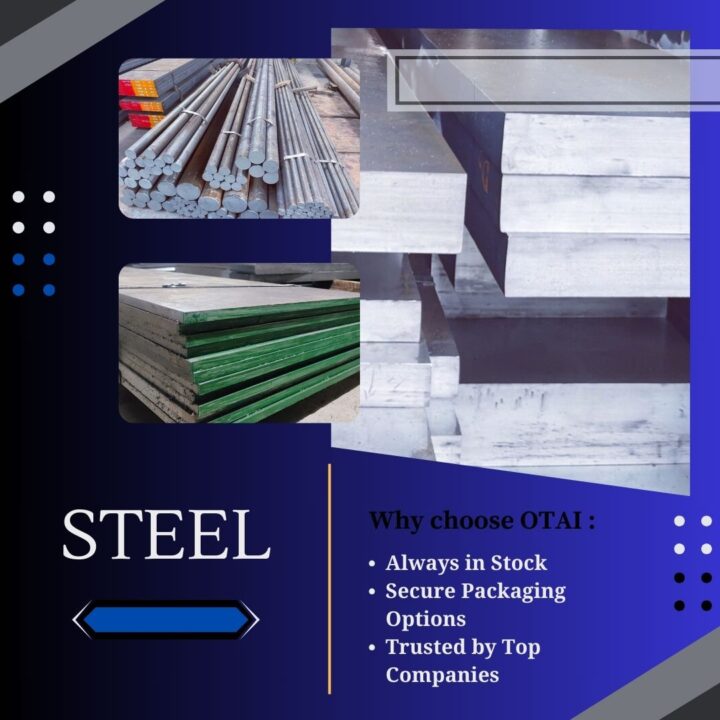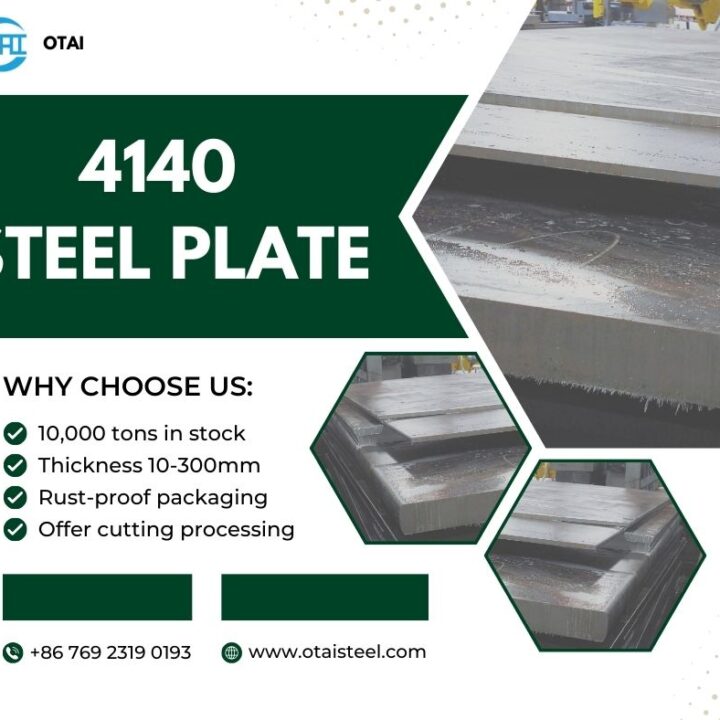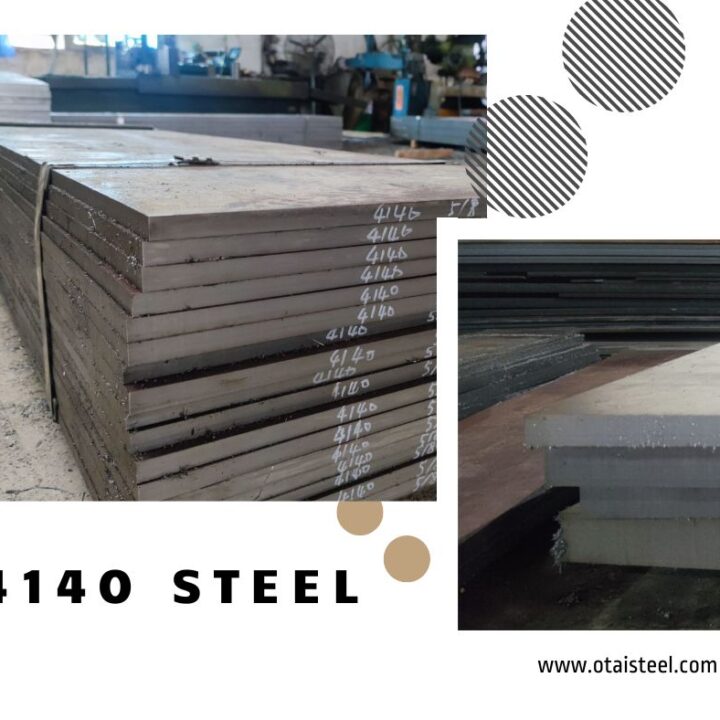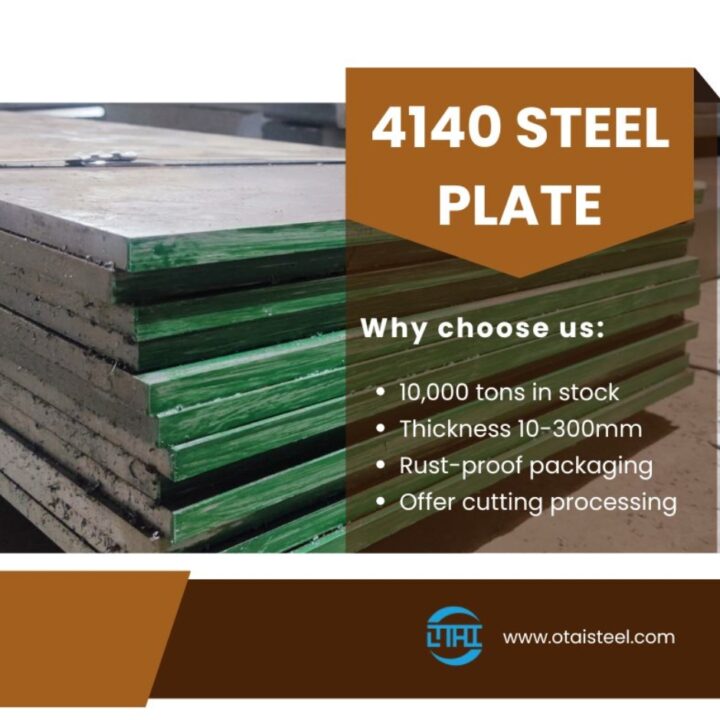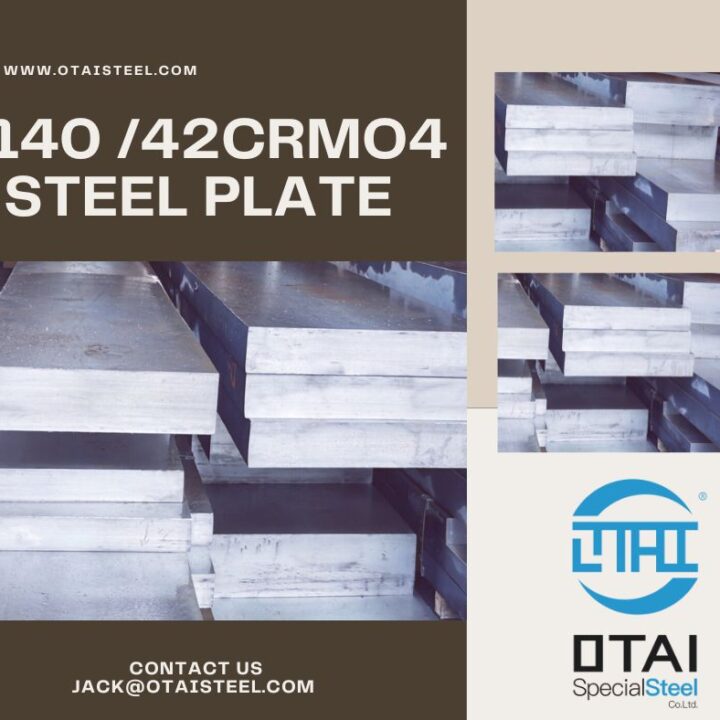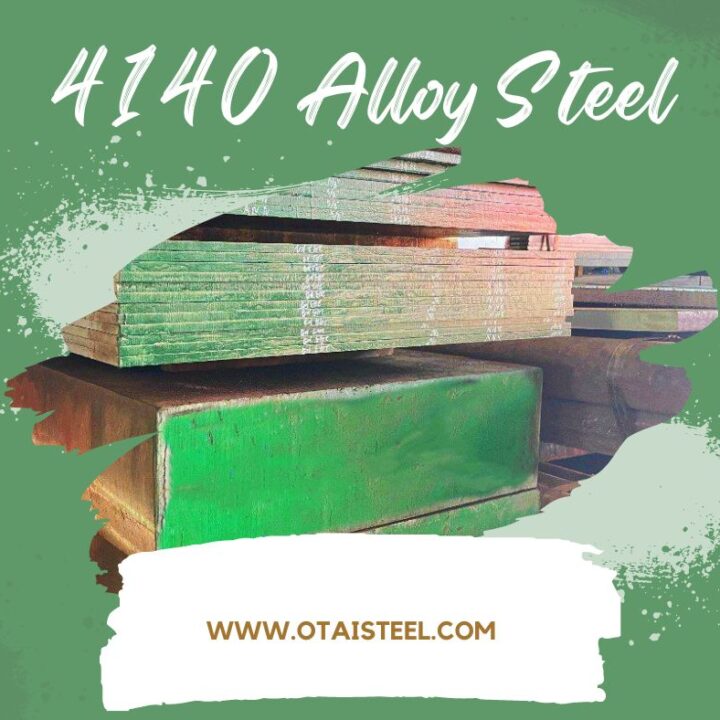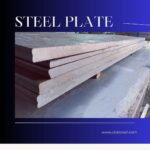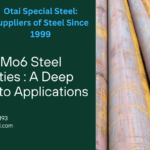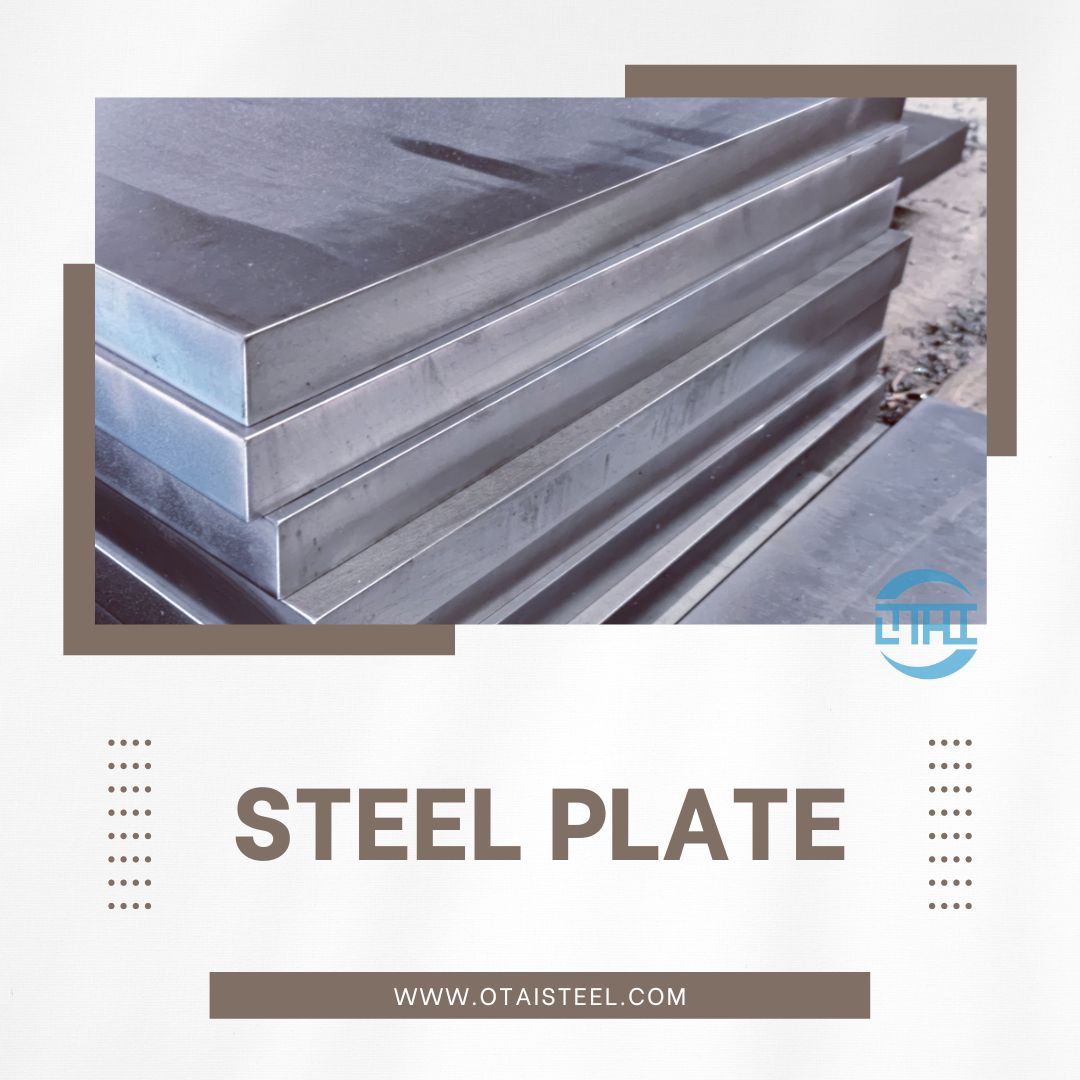 Using 34CrNiMo6 steel for different types of products and industries
Using 34CrNiMo6 steel for different types of products and industries
34CrNiMo6 steel is an alloy steel that has high strength, toughness, and hardenability. It can be used for various applications. Such as large axles, machine components, tools, and fasteners. Some advantages and disadvantages of using 34CrNiMo6 for different types of products and industries are:
Advantages:
High strength:
- 34CrNiMo6 steel’s high strength means that it can withstand high tensile forces without breaking or deforming. Tensile strength is a measure of how much stress a material can endure before it fails. 34CrNiMo6’s typical tensile strength is 850 MPa to 1000 MPa, which is much higher than common steel grades. This makes it suitable for applications that require high strength and durability. Such as large axles, machine components, tools, and fasteners.
- 34CrNiMo6 material offers high tensile strength and can withstand heavy loads, making it suitable for structural applications in engineering and construction.
Toughness:
- 34CrNiMo6 steel has good toughness and impact resistance, ensuring durability and reliability in various engineering and construction projects.
- This steel can resist cracking or breaking when subjected to impact or shock. Toughness is a measure of how much energy a material can absorb before it fails.
- 34CrNiMo6 steel has good toughness and impact resistance, ensuring durability and reliability in various engineering and construction projects. The average toughness (CVN) required in Joules is 35 -45 Joules.
Hardenability:
- 34CrNiMo6 steel’s hardenability means that it can be hardened by heat treatment, improving its wear resistance and fatigue strength. Hardenability is a measure of how deep a material can be hardened by quenching from a high temperature.
- 34CrNiMo6 steel has good hardenability and can be hardened to a depth of about 100 mm with oil quenching. This makes it suitable for applications that require high hardness and toughness in fairly large sections. Such as large axles, machine components, tools, and fasteners.
- 34CrNiMo6 steel can be hardened by heat treatment, improving its wear resistance and fatigue strength.
Disadvantages:
Cost:
- 34CrNiMo6 steel’s cost is higher than other common steel grades. Because it is an alloy steel that has high strength, toughness, and hardenability.
- According to some web search results, the average price of 34CrNiMo6 steel is around $500 to $1200 per ton, depending on the size, shape, and quality of the steel. This makes it more expensive to produce and less available in the market.
- Therefore, 34CrNiMo6 material is usually used for applications that require high performance and durability. Such as large axles, machine components, tools, and fasteners.
- 34CrNiMo6 steel is more expensive than other common steel grades, increasing the production cost and limiting its availability.
Weldability:
- 34CrNiMo6 steel’s weldability is poor. Because it has high carbon and alloying elements that make it prone to cracking and loss of mechanical properties. It requires special welding conditions and post-weld heat treatment to avoid these problems.
- The preheat and interpass temperature for 34CrNiMo6 steel should be in the range of 300- 400°C. The stress relief annealing, if required, should be carried out at 450- 650°C with a soaking period of 2 hours.
- 34CrNiMo6 steel has poor weldability and requires special welding conditions and post-weld heat treatment to avoid cracking and loss of mechanical properties.
Corrosion:
- 34CrNiMo6 steel’s corrosion means that it can deteriorate due to chemical or electrochemical reactions with its environment. Corrosion can cause loss of material, reduction of mechanical properties, and failure of components.
- 34CrNiMo6 steel has a relatively low corrosion resistance compared to stainless steel or other corrosion-resistant alloys. Because 34CrNiMo6 has a low content of chromium, which is the main element that forms a passive layer on the surface of the steel to protect it from corrosion1.
- Therefore, 34CrNiMo6 material is susceptible to corrosion in acidic, alkaline, or saline environments, especially when exposed to high temperatures, pressures, or stresses. One of the ways to improve the corrosion resistance of 34CrNiMo6 steel is to apply a protective coating on its surface, such as electroless nickel plating or nitriding. Another way is to modify its chemical composition or microstructure by adding more alloying elements, such as chromium, nickel, molybdenum, or copper.
- 34CrNiMo6 steel is not very resistant to corrosion and needs to be protected by surface treatments such as electroless nickel plating or nitriding.
